Navigation
Install the app
How to install the app on iOS
Follow along with the video below to see how to install our site as a web app on your home screen.
Note: This feature may not be available in some browsers.
More options
You are using an out of date browser. It may not display this or other websites correctly.
You should upgrade or use an alternative browser.
You should upgrade or use an alternative browser.
Dinoflagellates – Are You Tired Of Battling Altogether?
- Thread starter mcarroll
- Start date
- Tagged users None
Your dinos are getting worse? What type of coral do you have? Do you dose 2 part and Mg? Do you have a healthy pod population?I'm at 0.18 PO4 and 5 NO3 and mine are getting worse
- Joined
- Jun 29, 2016
- Messages
- 67
- Reaction score
- 27
I dose 2 part and Mg.
I have all SPS, the corals don't worry about the nutrients, colors a popping, but where the dino's are on the corals they are getting killed.
No pod population, I run bare bottom
I have all SPS, the corals don't worry about the nutrients, colors a popping, but where the dino's are on the corals they are getting killed.
No pod population, I run bare bottom
@mcarroll -- Check this thread out -- Will it truly ever go away? Dinoflagellates vs. Metronidazole
TLDR (Too long, didn't read) -- Metronidazole apparently messes with the DNA of dinoflagellates keeping them from reproduction (While not harming the dinoflagellates within SPS corals). Use straight Metronidazole, or Seachem Metroplex (which is 70% Metro, and reef safe).
Dose -- 125mg per 10g Metroplex -- 7 month update today, no sign of dinos in tank, physically, under microscope some can be seen.
TLDR (Too long, didn't read) -- Metronidazole apparently messes with the DNA of dinoflagellates keeping them from reproduction (While not harming the dinoflagellates within SPS corals). Use straight Metronidazole, or Seachem Metroplex (which is 70% Metro, and reef safe).
Dose -- 125mg per 10g Metroplex -- 7 month update today, no sign of dinos in tank, physically, under microscope some can be seen.
- Joined
- Jun 29, 2016
- Messages
- 67
- Reaction score
- 27
I don't have the best scope, hopefully you can see from this photo, im not sure what they are.@Reeferhigh remind me have you ID'd your dino's yet?
@mccarroll this thread has giving me another chance of hope to fight these dinos. I have spoke to you before regarding this problem. I also run a ULNS (Zeovit system) and after reading this thread, my po4 and n03 have been near 0 since I cycled the tank. I want to give dosing p04 and n03 a shot and see if this can help me out. Here is a video under a microscope to identify, which I already believe, are dinos. My sps and lps colors, PE, and growth are great
Questions: Are certain p04 or n03 products recommended for dosing?
For a 120g, where do I want my p04 and n03 levels to rise to, and for how long?
I hope this works, but I will post my results as we work through this. I've tried bleach, h202, lights out (blanket over tank) and nothing has worked, but after reading this thread, this gives me hope again.
Thanks McCarroll
Questions: Are certain p04 or n03 products recommended for dosing?
For a 120g, where do I want my p04 and n03 levels to rise to, and for how long?
I hope this works, but I will post my results as we work through this. I've tried bleach, h202, lights out (blanket over tank) and nothing has worked, but after reading this thread, this gives me hope again.
Thanks McCarroll
are there any scientific links that describe curing dinos in the aquarium
one link I can find from Randy mentions removing po4 to strain them
upscaling from natural studies to an aquarium is tough. so tough, that anyone battling dinos using any method attains about 30% cures in threads where people with dinos post up. so many variables to account for
Ive yet to see any claimed method step up to better than 30% sustained corrections in the giant threads. A simple measure Im looking for to certify this mode is for every ten posters, 8 post back with sustained kills 6 mos later. pretty simple bar set imo.
I saw it claimed earlier that peroxide is ineffective. Considering the peroxide thread linked up top, and what is shown in other dino threads especially DNA's old thread on it in the RC chem forum, that can be debated. Peroxide cures less than 30% but you can find five hundred reefers claiming it won.
its a valid tool like any other option
I believe we are getting closer to curing this scourge to the degree its not a tank wrecker
but nobody gets past the 3/10 mode, can't wait to see if this one does. watching w anticipation
peroxide less than 30% but hundreds of cure posts.
bleach 30% or less
vibrant = about 3/10 rough estimate based on large thread feedback, and from other forums
X = 8/10 cured and sustained you'll get nominated for reef scourge fighter of the year.
one link I can find from Randy mentions removing po4 to strain them
upscaling from natural studies to an aquarium is tough. so tough, that anyone battling dinos using any method attains about 30% cures in threads where people with dinos post up. so many variables to account for
Ive yet to see any claimed method step up to better than 30% sustained corrections in the giant threads. A simple measure Im looking for to certify this mode is for every ten posters, 8 post back with sustained kills 6 mos later. pretty simple bar set imo.
I saw it claimed earlier that peroxide is ineffective. Considering the peroxide thread linked up top, and what is shown in other dino threads especially DNA's old thread on it in the RC chem forum, that can be debated. Peroxide cures less than 30% but you can find five hundred reefers claiming it won.
its a valid tool like any other option
I believe we are getting closer to curing this scourge to the degree its not a tank wrecker
but nobody gets past the 3/10 mode, can't wait to see if this one does. watching w anticipation
peroxide less than 30% but hundreds of cure posts.
bleach 30% or less
vibrant = about 3/10 rough estimate based on large thread feedback, and from other forums
X = 8/10 cured and sustained you'll get nominated for reef scourge fighter of the year.
Last edited:
It looks like ostreopsis for meI don't have the best scope, hopefully you can see from this photo, im not sure what they are.

Forgot to tag you in my post. Waiting for your reply.
I don't have the best scope, hopefully you can see from this photo, im not sure what they are.

I'm not very experienced at ID, but that seems like a community that's at least somewhat heterogenous. Am I mistaken and that's 100% dino's? (Or nearly..)
Jolanta has answered, and I do see at least one or two cartwheeling blobs in there, so....
Another opinion never hurts (if @taricha is around).
are there any scientific links that describe curing dinos in the aquarium
Keep up with my posts here (follow function on my profile and on this thread) and follow my blog (reefsuccess.com) and you'll know what I know.
Science doesn't really look at aquariums much (a little tho!), so you have to be willing to read outside the box and connect dots or you're left with nothing but hobby material to read. If that's all you have, you may as well try some House blessing spells.
One of the coolest finds in the literature has been that a healthy substrate (vs an immature, starved, bleached, h2o2's, antibiotic'd one) has a significantly lower biomass potential for Ostreopsis due to predation on and general competition with Ostreopsis – so they do not outcompete everything, just most everything, and especially when conditions are just right.
When we hobble or kill their less-tough competition and predators by doing all those parentheticals I mentioned, they can bloom uncontrolled. We take it from bad to worse.
Going from worse to better is always a long, hard road BTW.....in tanks and in life.
On that topic, check this one out (not a new one if you've been there before):
Response of heterotrophic bacteria, autotrophic picoplankton and heterotrophic nanoflagellates to re-oligotrophication
Ive yet to see any claimed method
Gah!!! This is no "method" or push-button fix.
Improved husbandry has been the point of this thread (so far) – straightening out a dino-tank's nutrient situation. This requires some troubleshooting and usually some husbandry changes!
Time will tell of course, but this seems to work in 100% of non-Ostreopsis cases so far.
And better husbandry is a very sustainable "method" – importantly, there's nothing I've seen in the literature that contradicts this.
Unlike what seem to be the majority of dino cases (so far) where the dino's have most likely always been around and all they want is to not starve, be fed and otherwise left alone, Ostreopsis appear to be invaders from colder water that get a charge out of higher temperatures like our tanks supply. As near as I can tell, they're a side-effect of raised nutrients along with a reliable transportation vector – treated ballast water from ships coming from colder ports.
There are so many strains of Ostreopsis that the situation with them is still a little complicated to me, but N-limitation and C-limitation seem like they will also be in the fix along with lower temperatures.
Since our tanks tend to be very nutrient-loaded AND we have a habit of using more-C as our only tool to lower N, I think this is going to be tricky to fix.
Lowering livestock levels and dosing with kalk are two things....possibly also increasing light levels. But there's a lot more reading to do. All that may still only apply to "some" Ostreopsis.
P-starvation is still OUT for all strains of all dino's, BTW.
For what it's worth, the other solutions you mentioned might be alright to some degree if they were in any degree sustainable, but they are not – most of them are stunts more than they are treatments, and they harm the overall recovery effort instead of helping it.
Last edited:
I must have missed the answers to my previous questions. Feel free to PM me if you'd like.I'm not very experienced at ID, but that seems like a community that's at least somewhat heterogenous. Am I mistaken and that's 100% dino's? (Or nearly..)
Jolanta has answered, and I do see at least one or two cartwheeling blobs in there, so....
Another opinion never hurts (if @taricha is around).
Keep up with my posts here (follow function on my profile and on this thread) and follow my blog (reeformadness.wordpress.com) and you'll know what I know.There's a ton of info out there, but it's also a rapidly developing area of research.
Science doesn't really look at aquariums much (a little tho!), so you have to be willing to read outside the box and connect dots or you're left with nothing but hobby material to read. If that's all you have, you may as well try some House blessing spells.
One of the coolest finds in the literature has been that a healthy substrate (vs an immature, starved, bleached, h2o2's, antibiotic'd one) has a significantly lower biomass potential for Ostreopsis due to predation on and general competition with Ostreopsis – so they do not outcompete everything, just most everything, and especially when conditions are just right.
When we hobble or kill their less-tough competition and predators by doing all those parentheticals I mentioned, they can bloom uncontrolled. We take it from bad to worse.
Going from worse to better is always a long, hard road BTW.....in tanks and in life.
On that topic, check this one out (not a new one if you've been there before):
Response of heterotrophic bacteria, autotrophic picoplankton and heterotrophic nanoflagellates to re-oligotrophication
Gah!!! This is no "method" or push-button fix.Those are the reason I created this thread.
Improved husbandry has been the point of this thread (so far) – straightening out a dino-tank's nutrient situation. This requires some troubleshooting and usually some husbandry changes!
Time will tell of course, but this seems to work in 100% of non-Ostreopsis cases so far.
And better husbandry is a very sustainable "method" – importantly, there's nothing I've seen in the literature that contradicts this.






Unlike what seem to be the majority of dino cases (so far) where the dino's have most likely always been around and all they want is to not starve, be fed and otherwise left alone, Ostreopsis appear to be invaders from colder water that get a charge out of higher temperatures like our tanks supply. As near as I can tell, they're a side-effect of raised nutrients along with a reliable transportation vector – treated ballast water from ships coming from colder ports.
There are so many strains of Ostreopsis that the situation with them is still a little complicated to me, but N-limitation and C-limitation seem like they will also be in the fix along with lower temperatures.
Since our tanks tend to be very nutrient-loaded AND we have a habit of using more-C as our only tool to lower N, I think this is going to be tricky to fix.
Lowering livestock levels and dosing with kalk are two things....possibly also increasing light levels. But there's a lot more reading to do. All that may still only apply to "some" Ostreopsis.
P-starvation is still OUT for all strains of all dino's, BTW.
For what it's worth, the other solutions you mentioned might be alright to some degree if they were in any degree sustainable, but they are not – most of them are stunts more than they are treatments, and they harm the overall recovery effort instead of helping it.
- Joined
- May 22, 2016
- Messages
- 6,542
- Reaction score
- 10,099
Agreed. Some of those ostreopsis are turned sideways making it look like a different shape, but they are all the sesame seed ostreopsis.Yep 100% cartwheeling dinos, so ostreopsis it is.
So if you had a fish only tank what would you recomend to get rid of ostreopsis? Tomorrow a friend comes by and will take all my remaining corals so I will have fish only tank and was thinking to turn my lights really low and turn them on maybe two hours a day or so, I really dont think the nutrient think works for ostreopsis couse I have my tank in a really bad shape and full of ciano and ostreopsis not that strong but a lot in a microscope and very active. Thats my tank pictures from today when the light turn on
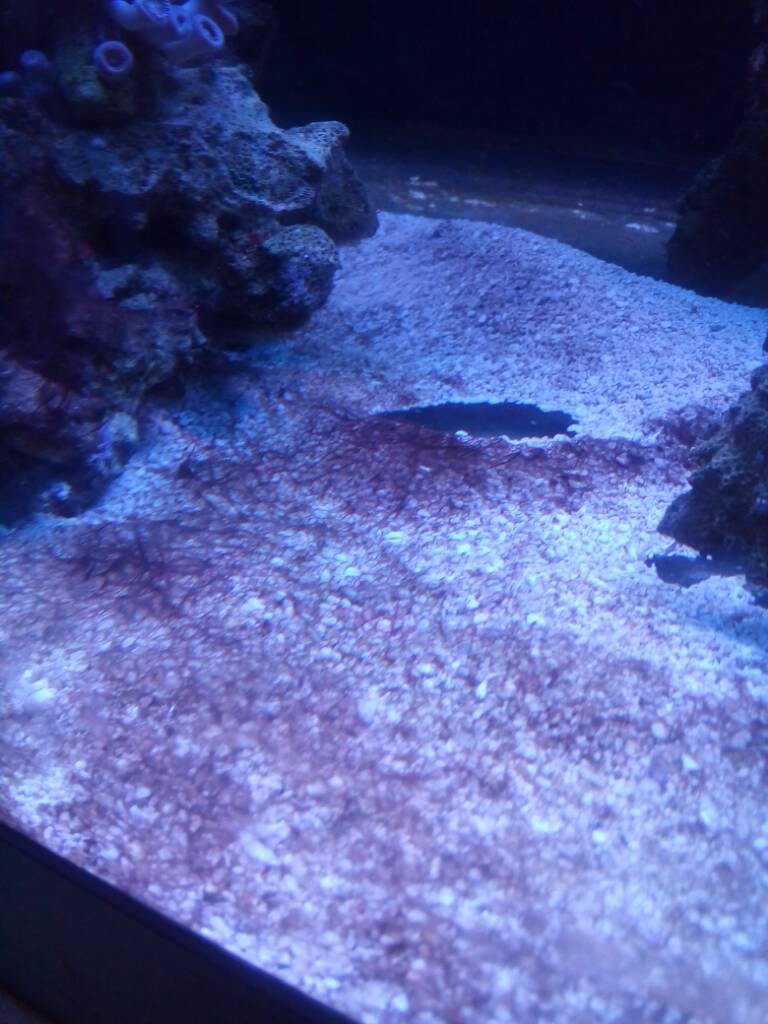
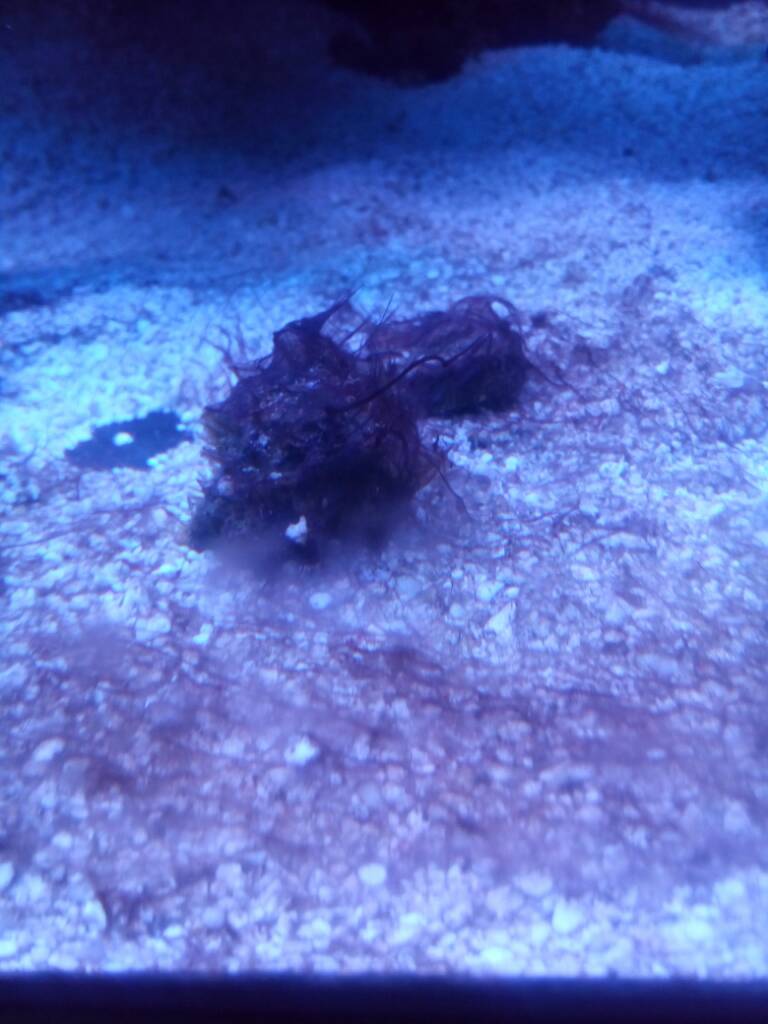
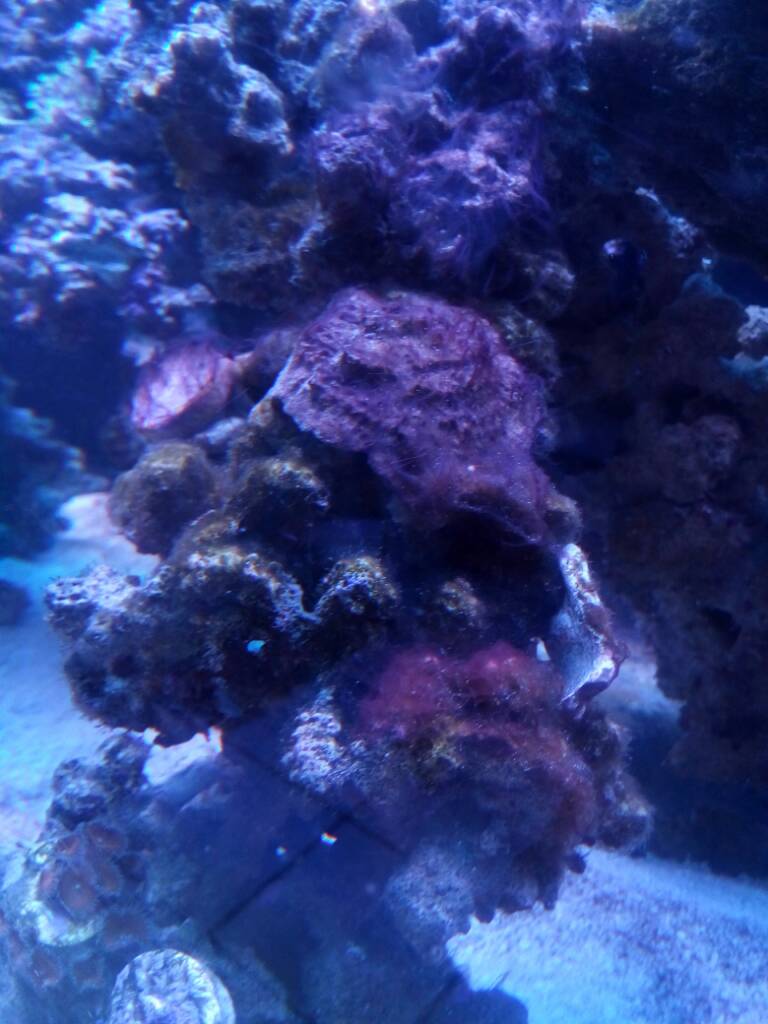
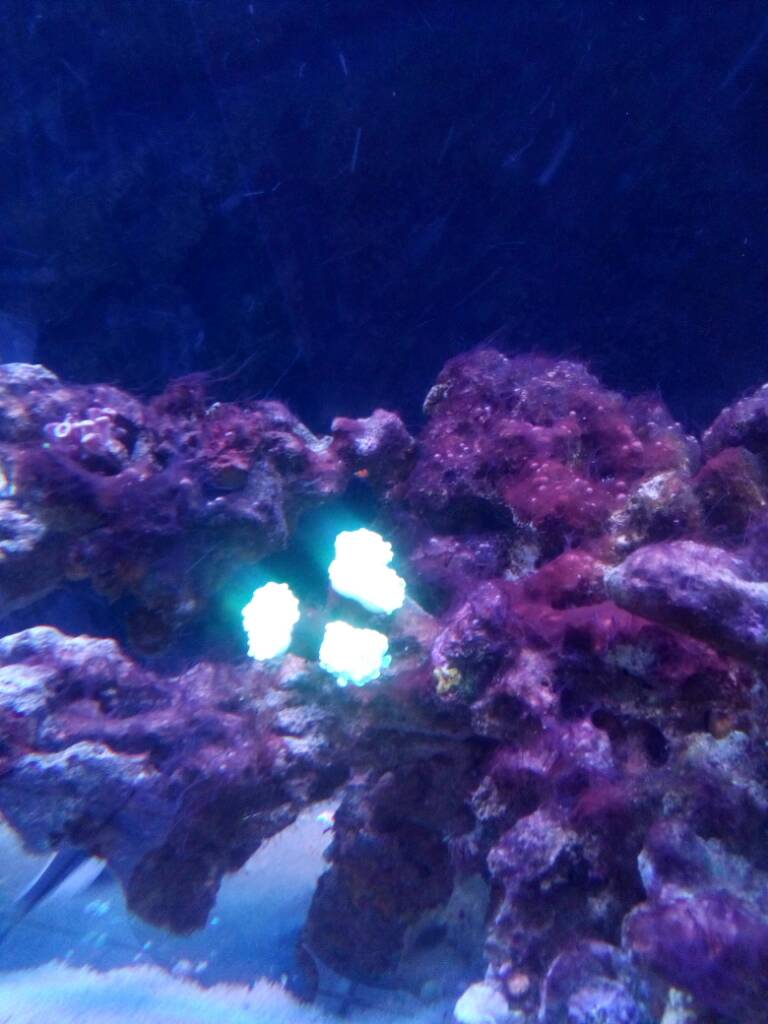
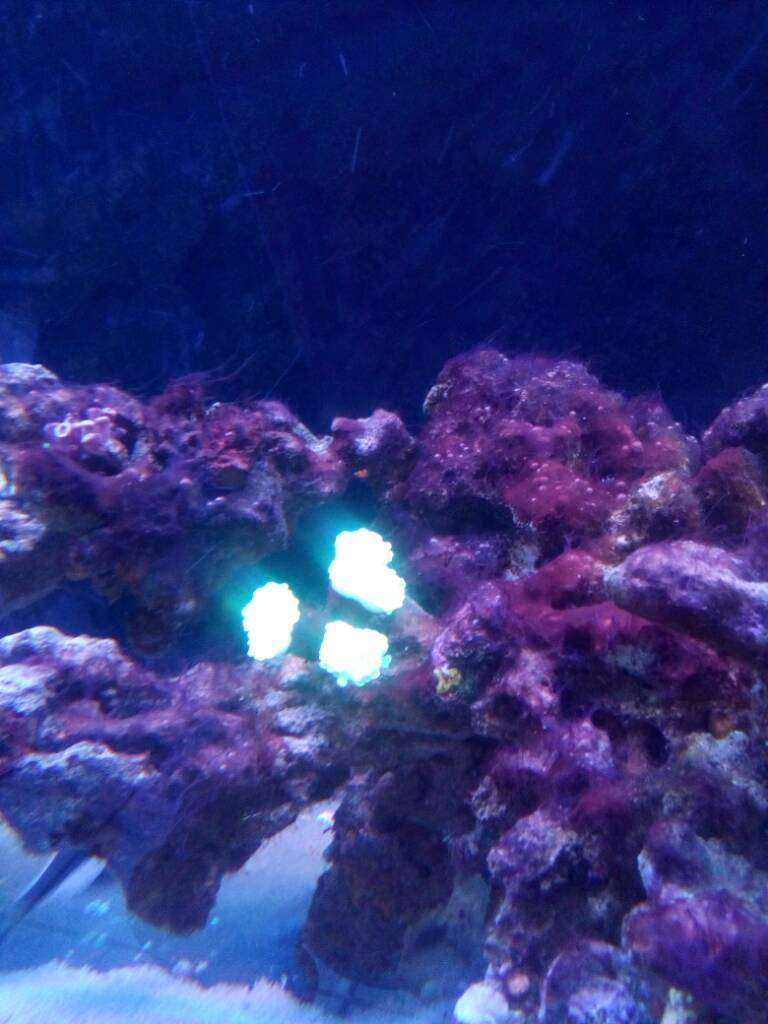
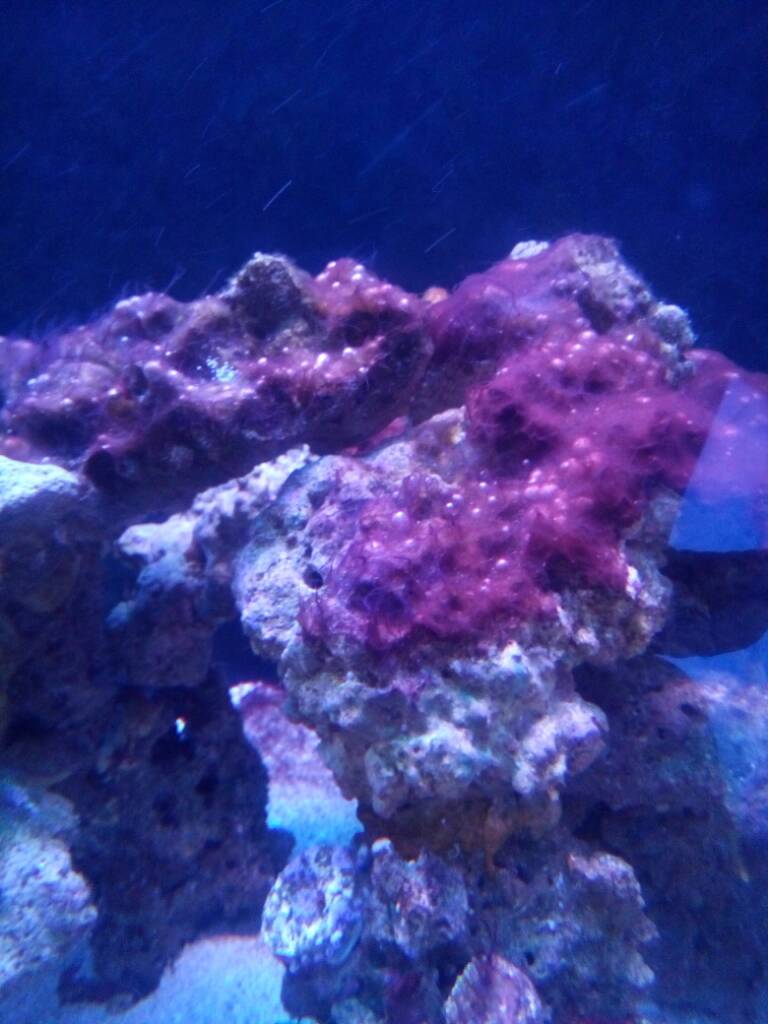

At the end of the day I can see dinos on top of the ciano making its air bubble happy party
There is a lot of pods on the glass but I see daily dying chitons in the sandbed.






At the end of the day I can see dinos on top of the ciano making its air bubble happy party
There is a lot of pods on the glass but I see daily dying chitons in the sandbed.
Similar threads
- Replies
- 4
- Views
- 103
- Replies
- 3
- Views
- 151
- Replies
- 2
- Views
- 543
- Replies
- 2
- Views
- 344

















